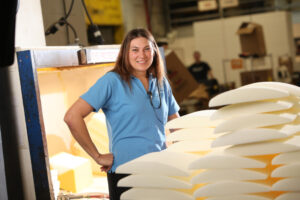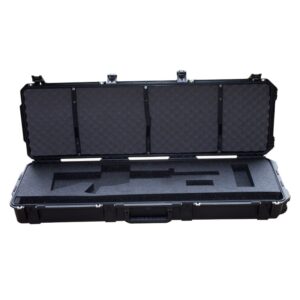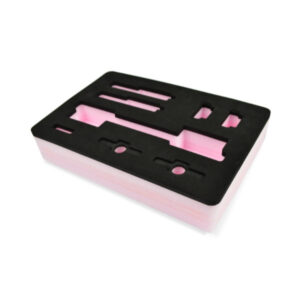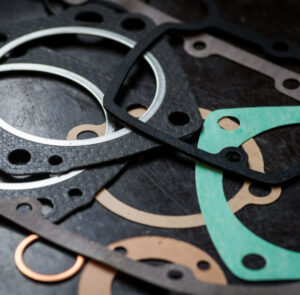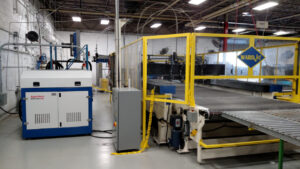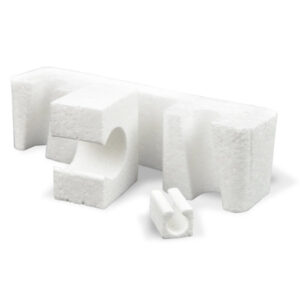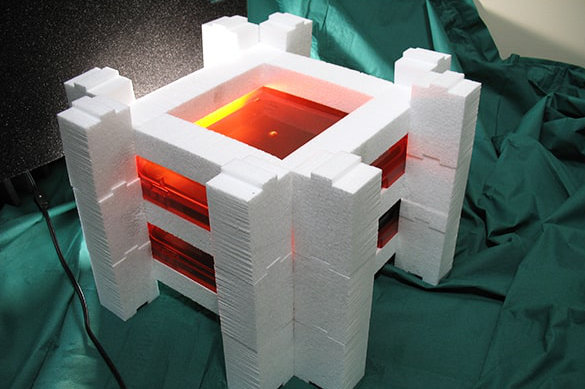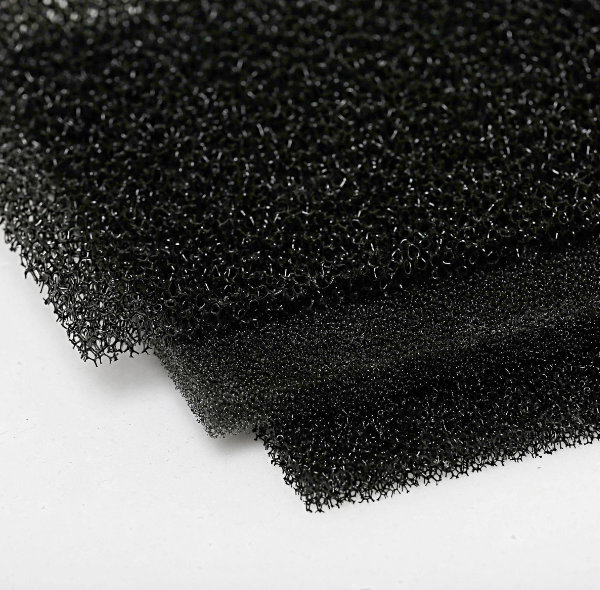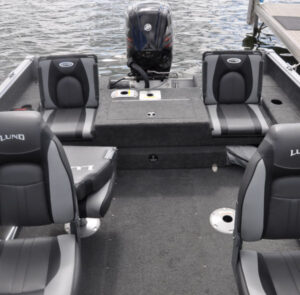
Foam is commonly used in many marine applications from engine insulation and sound dampening to deck seating but foam can also be used for flotation applications that have many specific properties that make them the ideal material for the job. When searching for the ideal flotation foam for manufacturing products, it’s best to ensure that it is approved by the U.S. Coast Guard regulation Number 33 CFR 183.114.
Look for the Ideal Floatation Foam Properties
Flotation foam is mostly known for its high buoyancy butnot all buoyant foams are created equal. There are many other foam properties to consider.
Water Resistant: foams used in marine flotation applications should have a heavy resistance to hydrolysis, which means the material will not easily degrade or break down when submerged in water.
Durability: higher quality foams will make for longer-lasting products.
Mold and Mildew Resistance: when water is involved, it’s wise to invest in foams that are resistant to bacteria and mold growth. These foams tend to be dense and non-absorbent.
Is There an Ideal Type of Foam for Marine Flotation Applications?
Many different materials can be effectively used for flotation applications. Most of these will be closed cell materials. The beaded EPE and EPP materials meet the US Coast Guard regulation mentioned above.
Closed-cell foam has a higher compressive strength and dimensional stability than open-cell foam, which means it acts as a better insulator while also being more resistant to water and air leakages. Because of this, it is far more suited for marine applications, particularly flotation.
Flotation foams can be fabricated through die-cutting, vertical and horizontal contour cutting, hot wire cutting, plank lamination, or water jet cutting. This allows you to achieve any size and shape. The foam also comes in a variety of color options.
